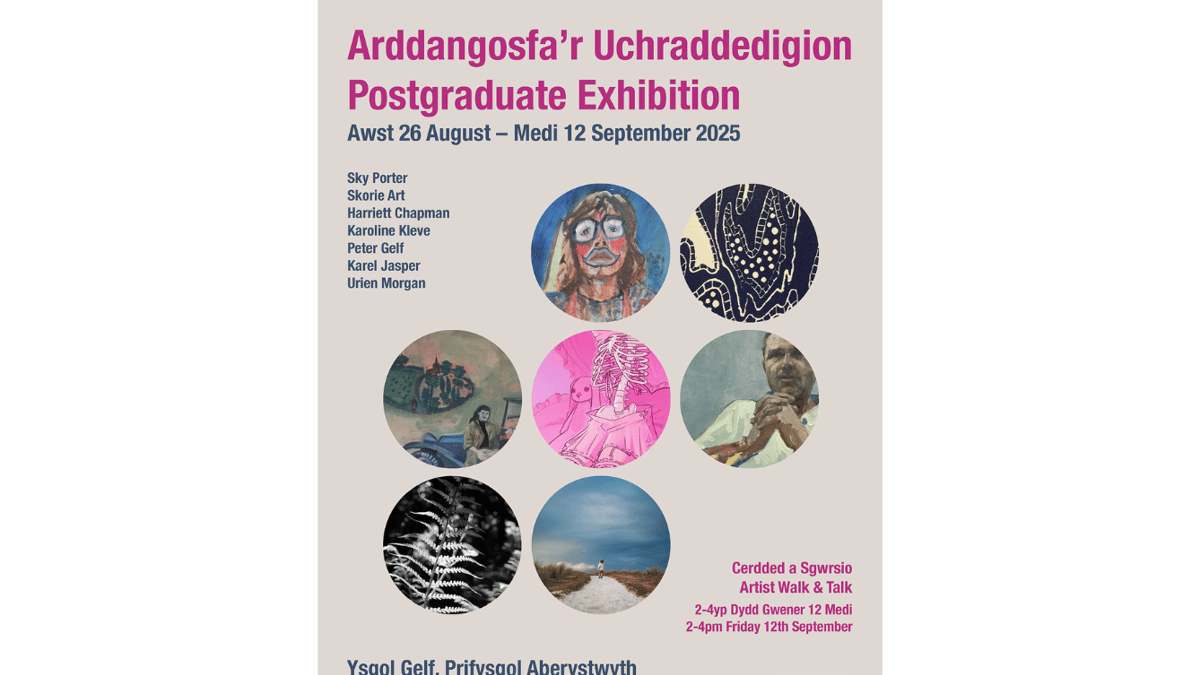Emsworth artist Heather Bowring’s tactile artworks aren’t just to be looked at – they are designed to be touched

Seeing and hearing about the texture of paint is interesting and, yes, informative.
But I can barely describe the accompanying frustration when as a synesthetic what I really want to do is enhance my experience by feeling the brushstrokes, the consistency of layer upon layer of paint. It’s all about engaging more than one sense to conjure a three-dimensionality that is otherwise unattainable. So the anticipation of interviewing an artist who creates images designed to be caressed heightens my senses.
“Tactile art means you’re allowed to touch,” says Heather Bowring who hadn’t painted until 16 years ago when she developed her skill during a stay-at-home gap year. “Using plaster and a tiny paintbrush I go over the lines of a sketch I make on board. After 15 to 20 coats you create a raised edge though everything is raised to different levels in order to stand out. My paintings look like fine icing on a cake.”
In her studio, previously an empty stable until commandeered by this Emsworth artist, we discuss the serendipity of opportunities and the openness to recognising those opportunities. It was one such moment which triggered the genre that now defines Heather. “At a gallery I met a lady who said she couldn’t see. Back home I did some research and discovered the only place that offered anything to visually impaired visitors was Tate Modern but they were only objects. I was incensed; this was a terrible injustice.” Heather contacted the Tate which commissioned her to recreate an iconic image using polyfilla, fine plaster and sand. Her reduced scale copy of Whaam! by American Pop artist Roy Lichtenstein is part of the Touch Tours collection of objects that are wheeled around on a trolley, the curator stopping in front of the original painting to give visually impaired visitors the tactile copy for them to feel.

The process of tactile art begins with a sketch. For large works, Heather thins down polyfilla which is then built up in layers before adding household emulsion paint. Each image is finished with six coats of fine varnish, a protection against potential damage.
This self-labelled storyteller artist also paints compositions which project surrealism. One of these, Share My Dream, is the culmination of a walk which became the central theme of a book. “I was out with my six year-old granddaughter and as we turned a corner in the woods she said it was like walking in a dream; would I like to share it? The next day I drew the outline. That painting is now on the front cover of my book, The Painting in Room 48.”
Conscious of the value of art in places of healing and trauma, the novel follows the transformation of a number of patients who, while in hospital, stay in Room 48 where Share My Dream helps them deal with loss and reflects Heather’s belief that the link between art and an individual is paramount.
“I don’t know any rules but what I’ve discovered is the space between a painting on a wall and you is filled with your own history. In the early days of painting I used to go every day to my exhibitions and watch how people looked and interacted with my work. One adult with learning disabilities told me I’d painted her home. The image was an umbrella with snow on it. When this lady goes home to Scotland at Christmas it always snows.”

Collecting is also part of Heather’s psyche. After seeing a homeless person in the corner of a church entrance, with a blanket over their head, the artist was consumed with angst. This was someone’s child. Projecting her thoughts into tactile art, when Isolation was exhibited, Heather saw a woman crying in front of this painting. “She was the mother of a drug addict and told me I’d just painted her life.”
The depth of thought behind her compositions reflects an interest in human nature and the situations in which people find themselves. The idea for Destinations Known and Unknown came while listening to a man who felt weighed down with responsibility to his company, staff and family. This burden is represented by bowed office blocks. But look closer and you’ll spot, in a dinghy, the janitor of the building who is enjoying time sailing because he has chosen freedom to walk away from his job at the end of each day.
Life can be complex. Heather Bowring uses problems and challenges, to fuel her painting and writing which in turn gives us the opportunity to appreciate unique creativity and maybe even bring healing and new dimensions to our own existence.





